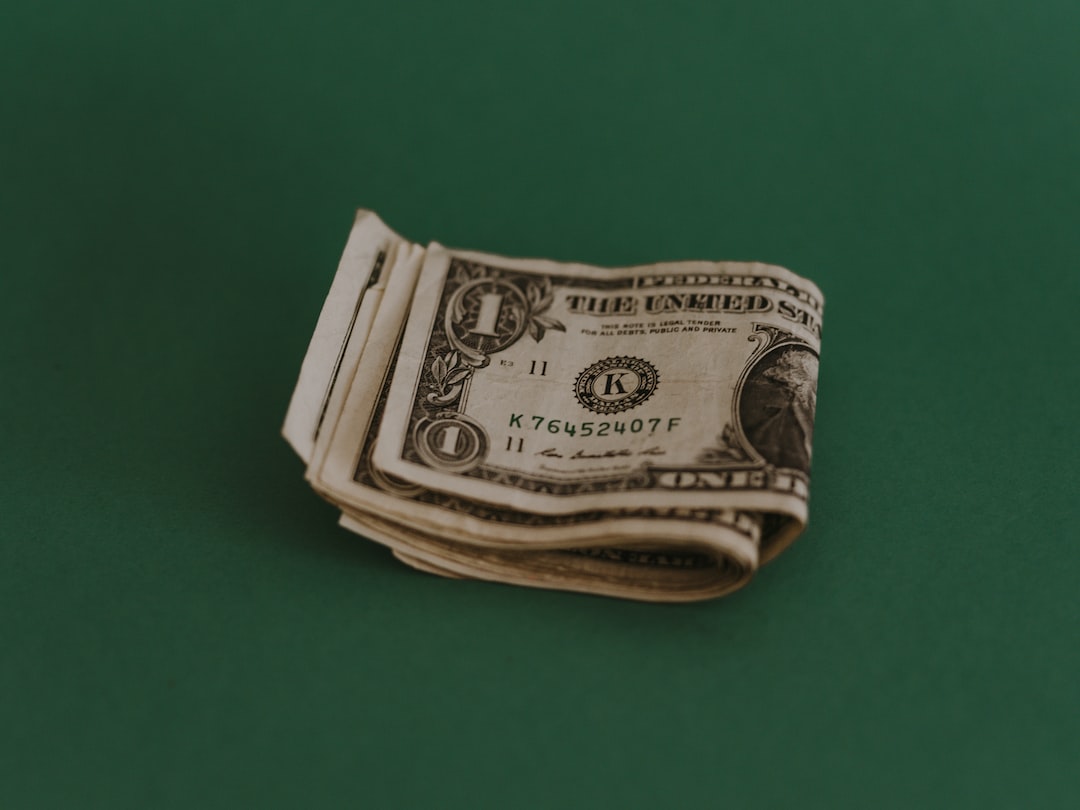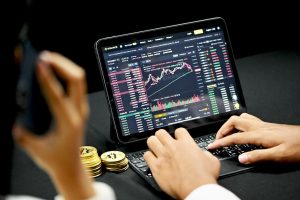Forex trading is a complex process that requires a lot of expertise and knowledge. However, with the advancement of technology, it is now possible to automate the trading process using forex bots. Forex bots are computer programs that use algorithms to analyze market data and make trades on behalf of traders. In this article, we will be discussing how to create forex bots.
Step 1: Define the Trading Strategy
The first step in creating a forex bot is to define the trading strategy. This involves deciding on the indicators that the bot will use to analyze market data and make trading decisions. The indicators can be technical indicators such as moving averages, MACD, RSI, or fundamental indicators such as news releases, economic data, and geopolitical events.
Once the indicators have been decided, the trader needs to define the rules that the bot will use to make trading decisions. For instance, if the bot is using the moving average indicator, the trader needs to define the period that the bot will use to calculate the moving average and the threshold that will trigger a buy or sell signal.
Step 2: Choose a Programming Language
The next step is to choose a programming language to create the bot. Some of the popular programming languages used to create forex bots include Python, C++, and Java. Python is the most popular programming language used for creating forex bots due to its ease of use and extensive libraries that can be used to analyze market data.
Step 3: Gather Market Data
To create a forex bot, the trader needs to gather market data. This involves collecting historical data such as price, volume, and open interest from various sources such as brokers or data providers. The market data is then used to test the trading strategy and optimize the bot’s performance.
Step 4: Test the Trading Strategy
After gathering the market data, the trader needs to test the trading strategy using backtesting. Backtesting involves running the trading strategy on historical data to see how it would have performed in the past. This helps the trader to identify the strengths and weaknesses of the trading strategy and make necessary adjustments.
Step 5: Implement the Trading Strategy
Once the trading strategy has been tested and optimized, the trader needs to implement it into the forex bot. This involves coding the rules into the bot and integrating it with a trading platform such as MetaTrader or cTrader.
Step 6: Monitor and Adjust the Bot
After implementing the bot, the trader needs to monitor its performance and make necessary adjustments. This involves analyzing the bot’s performance metrics such as profit and loss, win rate, and drawdown. The trader can then adjust the bot’s parameters such as the risk management settings, trading frequency, and stop loss levels to improve its performance.
Conclusion
Creating a forex bot requires a lot of expertise and knowledge in forex trading and programming. However, with the right tools and resources, anyone can create a forex bot that can automate the trading process and increase profitability. The key to creating a successful forex bot is to have a clear trading strategy, test it thoroughly, and monitor its performance regularly.






